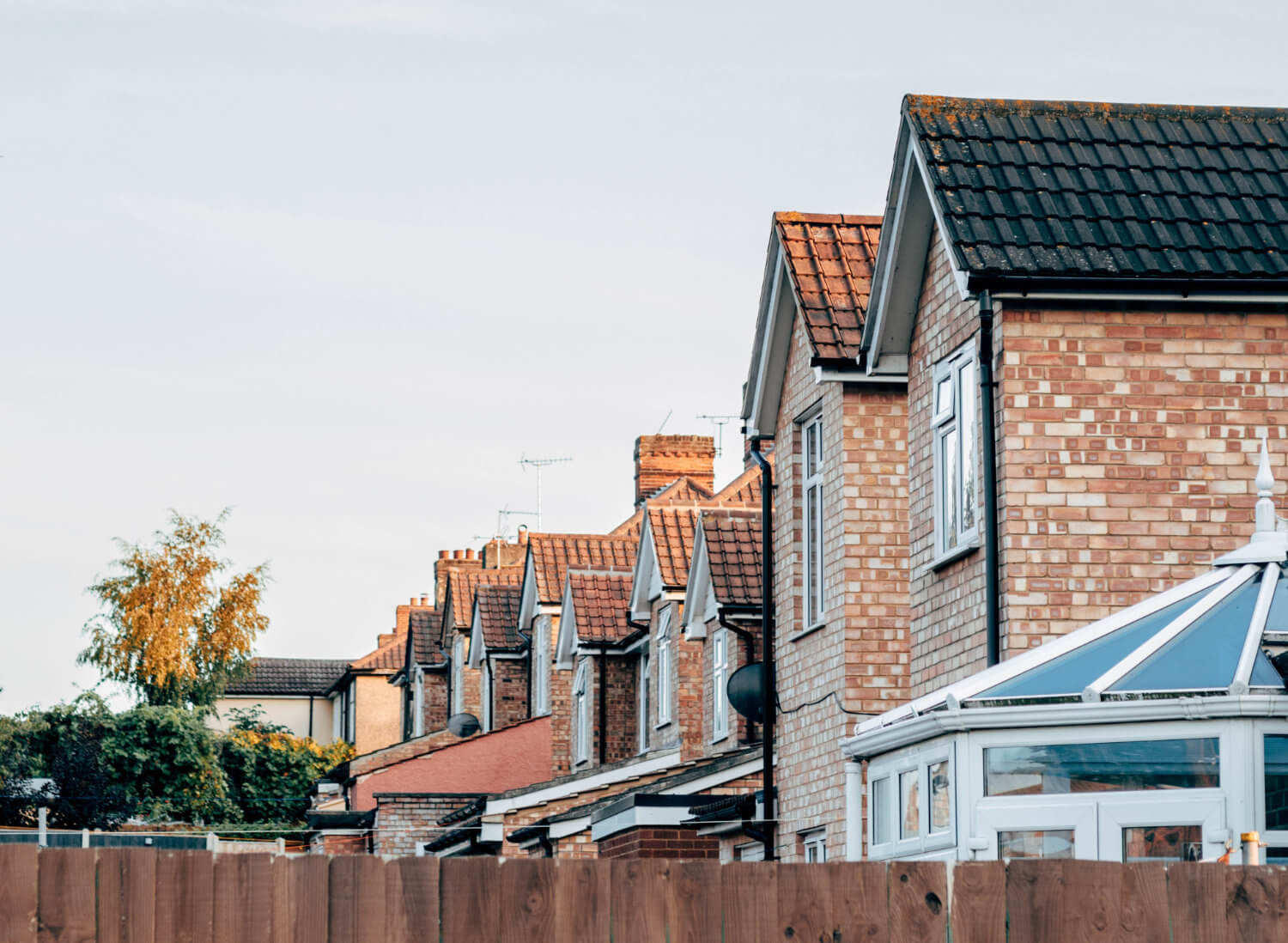In an era of escalating energy costs and growing environmental concerns, the role of effective insulation in reducing energy expenditure has never been more vital. At DANOSA, we recognise the significance of insulation as a cornerstone of sustainable building practices, contributing not only to improved comfort but also substantial financial savings.
Insulation is a vital building material that acts as a thermal barrier, effectively reducing the transfer of heat between the interior and exterior of a structure. By effectively regulating temperature variances, insulation significantly reduces the need for constant heating or cooling, thereby curbing energy consumption. This translates directly into lower energy bills, making it a strategic investment for both homeowners and businesses alike. In the absence of insulation, maintaining indoor temperatures becomes challenging, potentially resulting in homes losing as much as 45% of their heat, as reported by the Energy Savings Trust.
What insulation is required?
The primary insulation types vary based on the property and include:
- Loft/Roof Insulation
- Cavity-Wall Insulation
- Solid-Wall Insulation
- Floor Insulation
- Draught-Proofing
Addressing the most significant heat loss, prioritising roof insulation is essential. Approximately two-thirds of homes in the UK have loft insulation. Numerous properties feature a cavity-wall construction, characterised by a space between inner and outer walls, which offers an additional opportunity for insulation incorporation. However, solid-wall properties, which make up about 31% of UK homes, need insulation on the outside. Figures from 2017 showed fewer than 10% of those solid-wall properties had it.
What contributes to the inadequate insulation of UK homes?
The United Kingdom possesses some of the least energy-efficient residential structures in Europe, primarily due to the prevalence of aging housing stock. Previously, the government established a goal to enhance a substantial number of homes to achieve grade C energy efficiency by 2035, focusing on feasibility, cost-effectiveness, and affordability. However, critics argue that progress towards this objective has significantly decelerated. Furthermore, a concerning trend persists as numerous modern homes continue to be constructed without fundamental insulation measures. In 2022, the UK Climate Change Committee (UKCCC) cautioned the government that it still sanctions the construction of new residences that fail to meet the minimal efficiency standards.
What can you do?
Enhancing your property’s energy efficiency through insulation is a key strategy for homeowners looking to reduce energy bills. Adequate insulation, whether in the loft, walls, or floors, acts as a thermal barrier, preventing heat from escaping during colder months and limiting heat entry in warmer seasons. This home-improvement not only ensures optimal comfort but also directly translates into significant savings on energy expenses over time.
According to the Energy Saving Trust and based on fuel prices from July 2023, investing £5,700 to upgrade a gas-heated detached house in England, Scotland or Wales, where the homeowner installs insulation in cavity walls and the loft, could boast a saving of up to £950 on energy bills per year. This signifies that in just six years, the investment in upgrading the insulation has covered its own cost.
We’ve previously explored the different types of thermal insulation and their many benefits. By opting for high-quality insulation solutions, property owners can unlock a range of financial, environmental, and comfort-related benefits.




